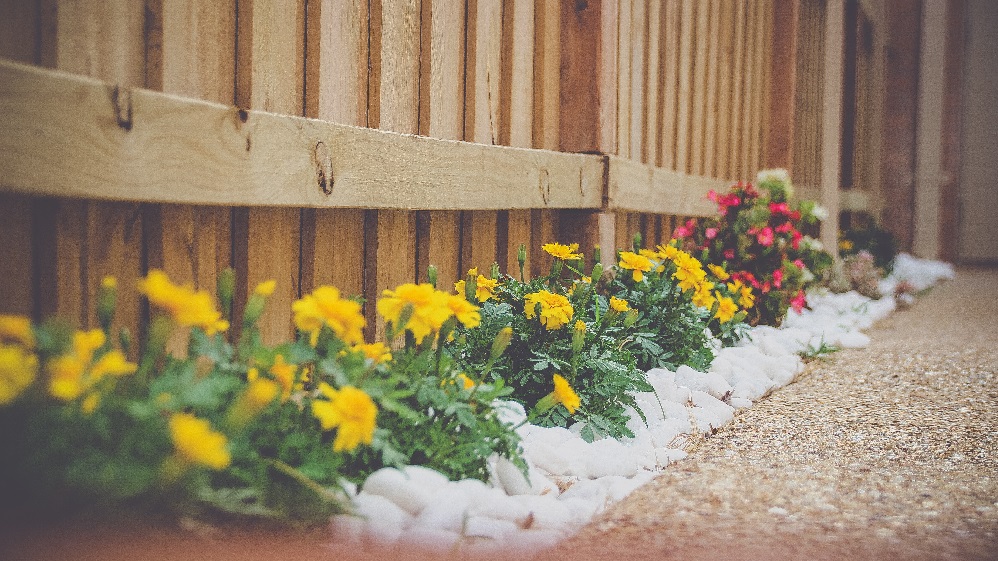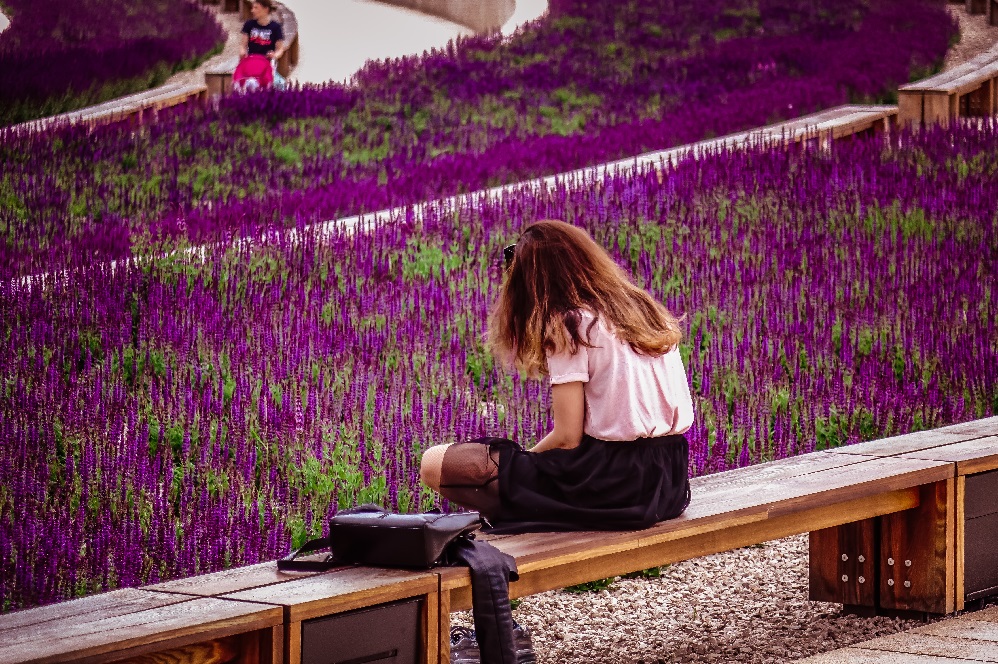
Landscape Architecture: Know What Works in Your Area
Landscape architecture is such a great opportunity to do something amazing with your area that will attract people for years to come.
One thing we always suggest you do is carefully consider what “works” for your area before any tools hit the ground. Each place has its own unique characteristics; considering these can not only prevent costly mistakes, but can help you to produce a truly stand-out feature for your community.
What sorts of things should you think about? Here are a few thoughts from us:
Get the bonus content: Landscape Design Questionnaire
Creating a “sense of place”
Pensacola, Florida, is steeped in history. Over the course of more than four centuries, it has seen historic wars, sunken treasure ships and rich Native American history beyond that. It’s known for pristine beaches and for being the home of the Blue Angels – the U.S. Navy Flight Demonstration Squadron.
All of these things are part of what makes Pensacola unique, and any of these elements (or others) can be brought out in landscape design. For example, why use an ordinary brick paver when you could use pavers that mimic the appearance of the historic forts?
A “sense of place” can mean capturing the textures, colors, shapes, smells and personality of an area within your landscape architecture. It means that instead of creating something that might be found in any other place, you create something that says “Pensacola” (or your own city, town or property).
Your sense of place might be created by:
- Including natural elements that are indigenous to the area. Consider those things that tend to draw people to the region (parks, waterways, beaches, tree-lined streets … ).
- Harking back to the founding of the area. The paver example is a good one.
- Including artistic elements that say something about the area.
- Relating to the building it surrounds.
Sense of place is essentially about identity. It’s about creating spaces that harmonize with the landscape and buildings around them and attract people to them.

A “sense of place” is about the identity of your landscape Click To Tweet
Creating spaces for people
Whether you’re creating a landscape for public or private use, the common goal tends to be to produce a space that is attractive for people. It’s fair to say that landscape spaces can help unify communities and overall, improve the lives and health of the people who use them.
So, part of knowing what works in your area is considering the people whom you’re creating the space for. What will lead them to use and love the space? What needs might you need to consider? Who lives or works in the area?
We would always begin with the data on the people who the space is meant for. If the space is within a retirement community, then you’re going to be considering factors such as mobility, seating or comfortable ways for users to stay active. (Perhaps you incorporate some equipment into your design.)
If you are designing a public space near a business district, you might consider the people who are using it on their way to work or during their lunch break. Maybe your area attracts a lot of cyclists, or people enjoy scootering to work. Consider how these activities are incorporated into landscape architecture.
You’re going to think about what they want to see and how they want to feel. Do you live in an area that gets hot? If you incorporate shade into your design, it can get more people using the space during the day. Other considerations might include shelter from prevailing winds or rainscaping to make the most of rainfall.
Working with local characteristics
One thing many people will do is search online, looking for examples of things that they like and might want included in their landscape design. It’s important to remember that what works for one area might not work in your own.
For example, we’ve seen mistakes such as trying to use elements that work well in a hot, dry state and including them in landscaping in Florida or Georgia. Both states, of course, can get heavy rainfall which may not happen in the state where the landscaping idea came from. There’s a risk that simply picking up from the dry state and placing in either of these states could result in flooding when the rains come.
“What works in your area” has to consider local characteristics that impact what you can and can’t do, for example:
- Local climates or micro-climates. When you look at planting, you have to examine what will survive, as well as the characteristics of the plant. Will it spread and grow out of control? Or will it be easy to maintain? When you look at hardscapes, you might consider what will be icy in winter or give off a lot of heat in summer.
- Micro-environments. Perhaps you want to attract birds, insects or other animals to your landscaped space. You’d want to think about the environments these species prefer.
- Weather. Some local weather considerations might include what to do with stormwater or how you might conserve water in drought conditions. You might need to consider structures and plants that hold up to strong winds, and plants that will survive winter.
- Local soils and the gradient of the space. Factors such as preventing erosion might matter, or working with uneven ground.
- Local laws. Sometimes local laws or rules for certain communities come under consideration along with your landscape architecture. You may have to work within certain specifications or limitations.
- The space around you. Maybe there are factors to consider such as views of the sea or of landscapes. You might need to work within nearby features or buildings.
Considering your footprint
Most of the time, when someone walks through a landscaped space you have created, they’re not thinking about its footprint or environmental impact, they’re thinking about what it looks like and how it makes them feel. Nevertheless, footprint can be important to consider, whether for environmental or for financial reasons.
We’ve got a great example from among the projects we have completed. Community Maritime Park in downtown Pensacola, Florida, was a $55 million community revitalization project. When we came on board, the project had a few issues going on, such as important features missing from the design and some design decisions which, to our mind, wasted a lot of money.
One of those was an initial design that called for hardscape materials to come from California. As with anything large and heavy like that, the farther it has to travel, the more the project is going to cost. Of course, the environmental impact of the travel is also greater. This was irresponsible when compared to the budget for the project, especially as we have some excellent, locally sourced hardscape options.
Under our design specifications, local sourcing of materials and plants required was a priority. We not only lowered the footprint of the whole project, but we came in $6 million below the original projected budget and delivered on time.
Considering your footprint is part of knowing what works in your area. When you’re working on a project with a limited budget, sometimes the decision to source locally makes the difference between being able to include certain features or not. If there’s something that you really like that you’ve seen in magazines or catalogs from farther away, check to see if there is anything similar available locally.

Get the bonus content: Landscape Design Questionnaire
Final thoughts
Good landscape architecture is thoughtful, provides a sense of place and serves the people for whom it was created.
Before heading into any landscape architecture project, consider these factors that may play a role in designing to suit your area. When you build to suit local conditions in the first place, you’re more likely to have a landscape that is there for the long-term. You can also build to meet any goals such as micro-habitats, the needs of the people who use it, or environmental concerns.
Think locally, and think long-term for your space.